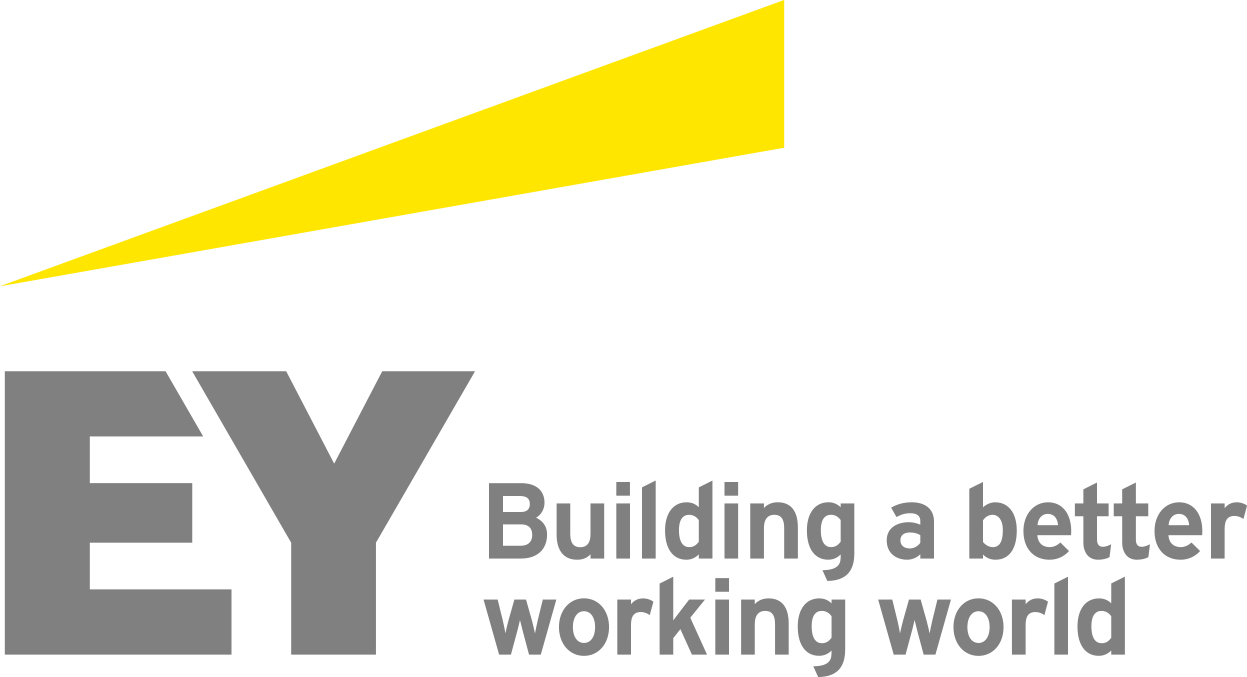Well, it was May 16th, 2016 when my name is announced as New Student of Magister Akuntansi at University of Indonesia. This is my second time actually attending entrance test for Magister student and lucky me I passed both exams. How about my first chance? hehe I was not sure about Program Study I chose then I decided to try another chance.
I studied hard in preparing my first entrance test, approximately, I started one month before entrance test date, but for the second time, I don't practice a lot beacuse I already worked at a company so I only have limited time to read and exercise.
FREQUENTLY ASKED QUESTION :)
I studied hard in preparing my first entrance test, approximately, I started one month before entrance test date, but for the second time, I don't practice a lot beacuse I already worked at a company so I only have limited time to read and exercise.
FREQUENTLY ASKED QUESTION :)
- How was the test? The test consists of english test and academic potential test.
- Are both tests difficult? It depends on your effort. "Practice makes perfect" is applied to pass academic potential test. I suggest you to study a lot to build your confidence while answering questions. But honestly, it is not as difficult as bachelor entrance test (I mean like SNMPTN and etc.)
- 20:19
- 0 Comments





